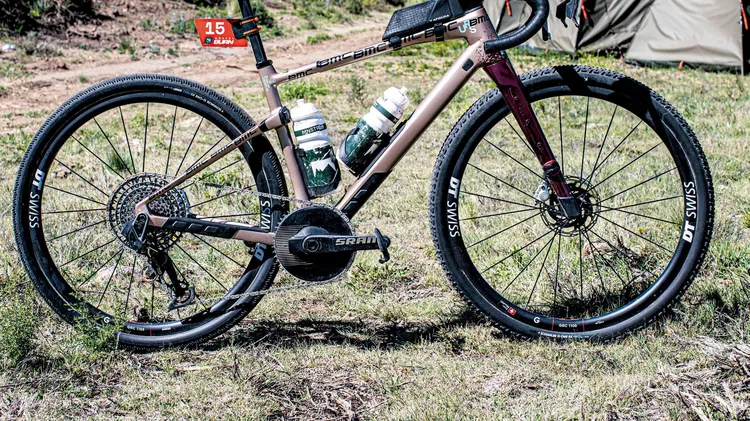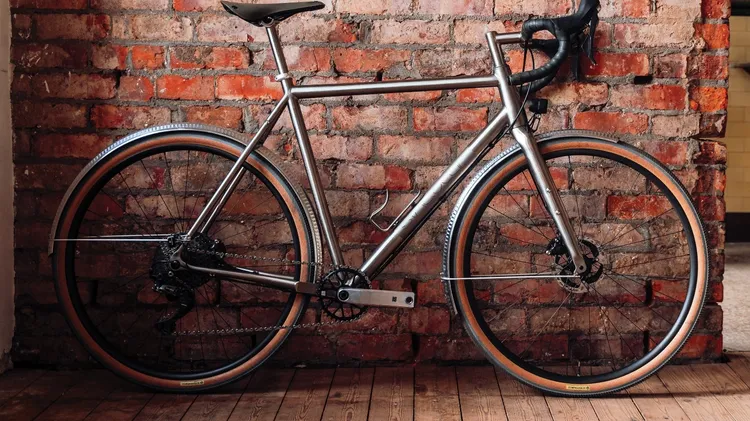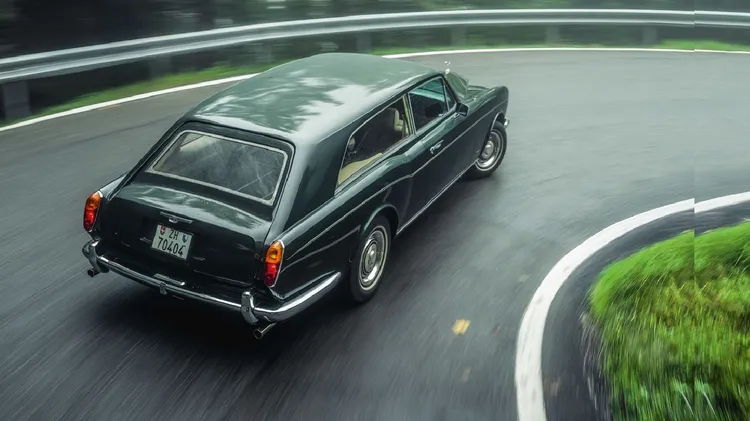Bryce Gracey of No.22 Bicycle Company talks titanium, 3D printing and pushing bound
Life of ti
3 min read
This article is from...
Read this article and 8000+ more magazines and newspapers on Readly






